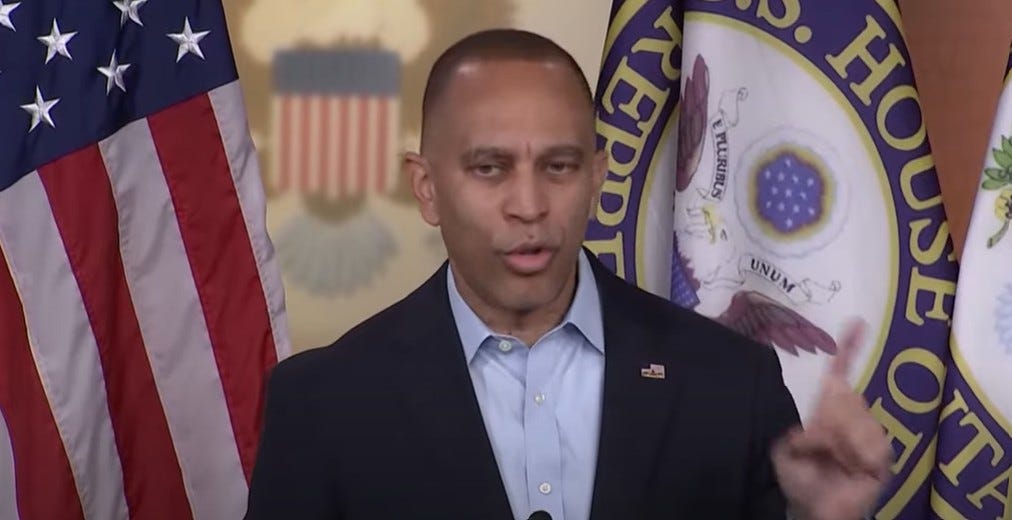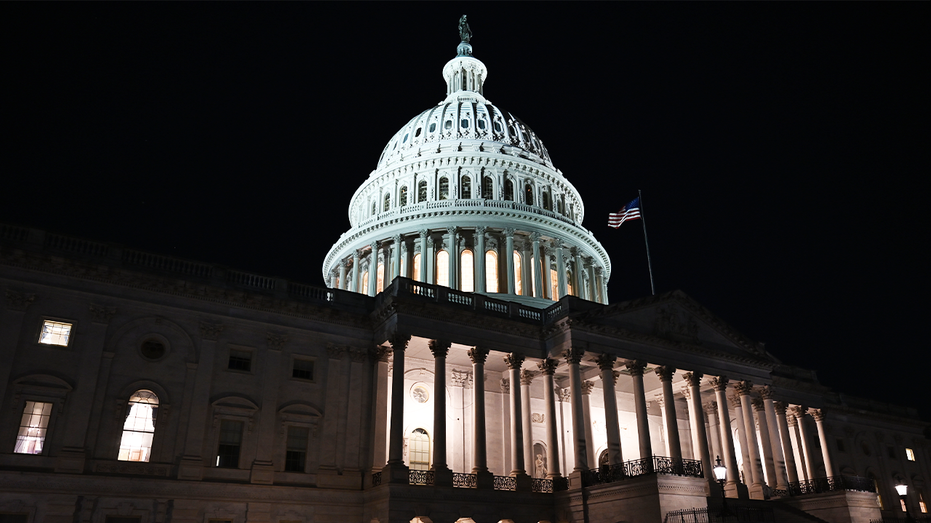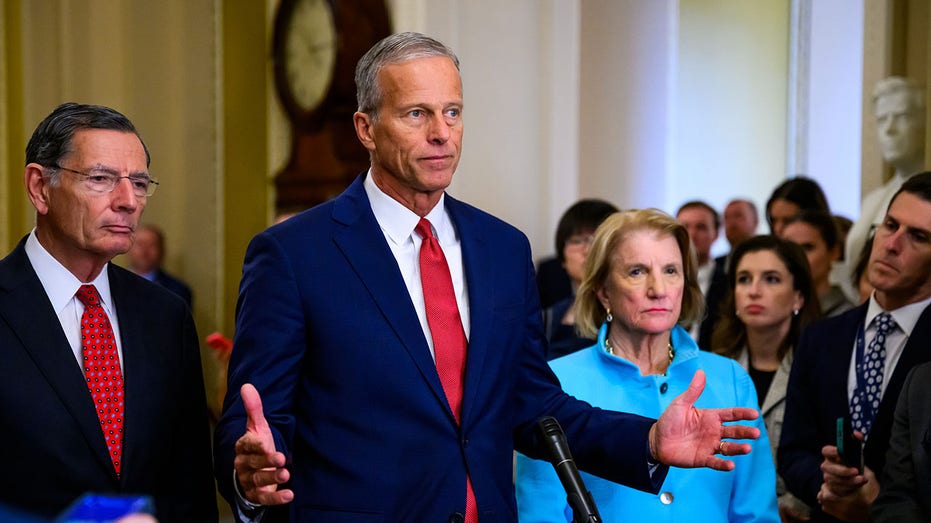The nation held its breath as the Senate prepared for a pivotal vote. After an unprecedented forty days, the government shutdown loomed over the country, a stark reminder of the political impasse gripping Washington.
The core of the conflict centered on disagreements over funding for healthcare programs. Accusations flew as one side claimed the other was prioritizing political demands over the needs of the American people, creating a climate of intense pressure.
The economic consequences were becoming increasingly dire. The Treasury Secretary warned that continued paralysis could drastically curtail economic growth, potentially halving its projected rate. The weight of this potential damage pressed heavily on lawmakers.

The human cost of the shutdown was also mounting. Federal employees faced the hardship of missed paychecks, while vital programs like SNAP, designed to assist vulnerable families, began to falter. This growing hardship fueled a sense of urgency.
A shift in the political landscape appeared to be underway. Reports surfaced indicating that at least ten Senate Democrats were prepared to break ranks and join Republicans in supporting a new spending bill. This potential bipartisan coalition offered a glimmer of hope.
The proposed bill aimed to reopen the government, offering a pathway out of the deadlock. The vote promised to be a tense and closely watched moment, with the fate of countless Americans hanging in the balance.
As the evening approached, the Senate chamber braced for a historic decision. The possibility of a resolution, after weeks of stalemate, offered a fragile sense of relief to a nation weary of political division and economic uncertainty.





